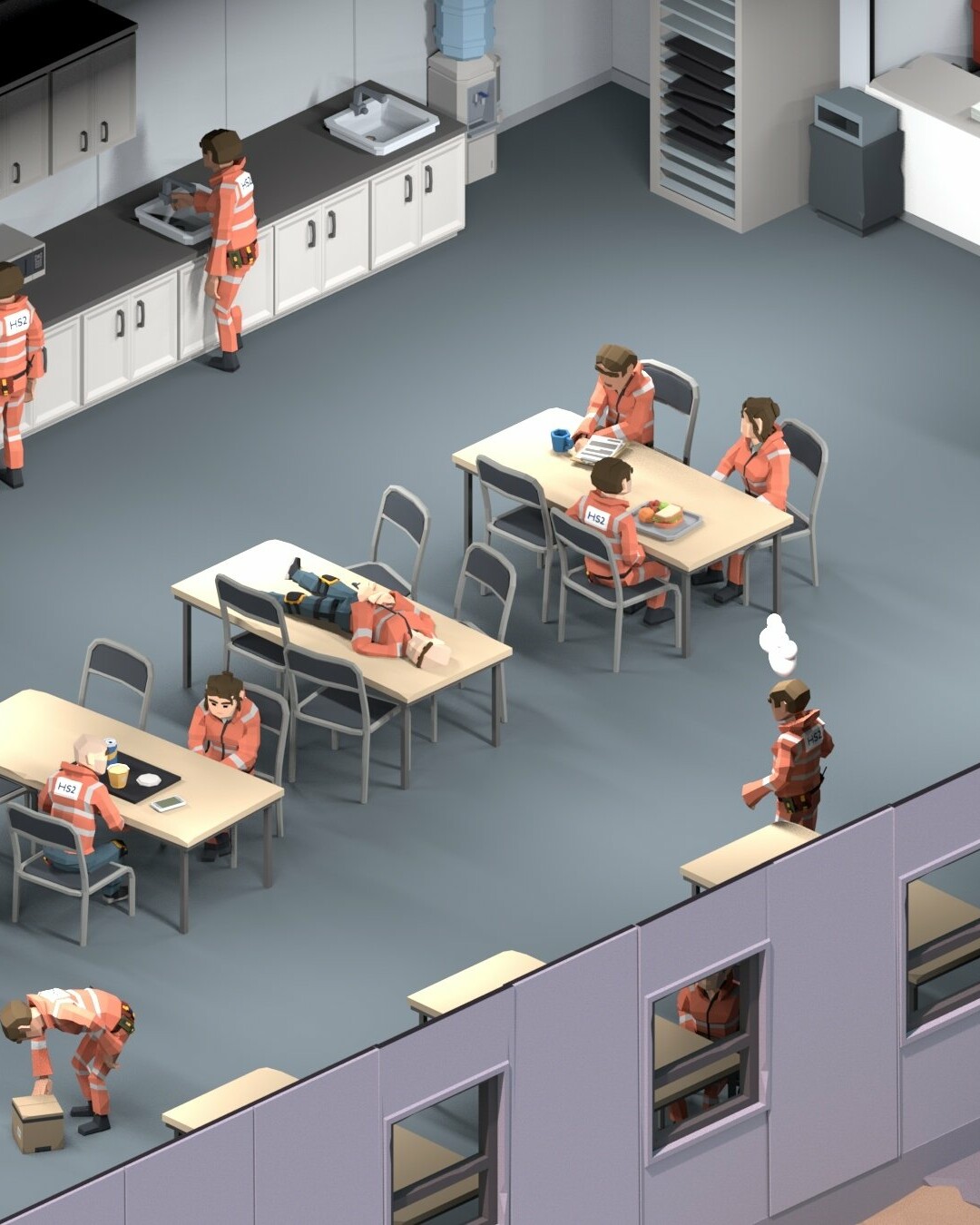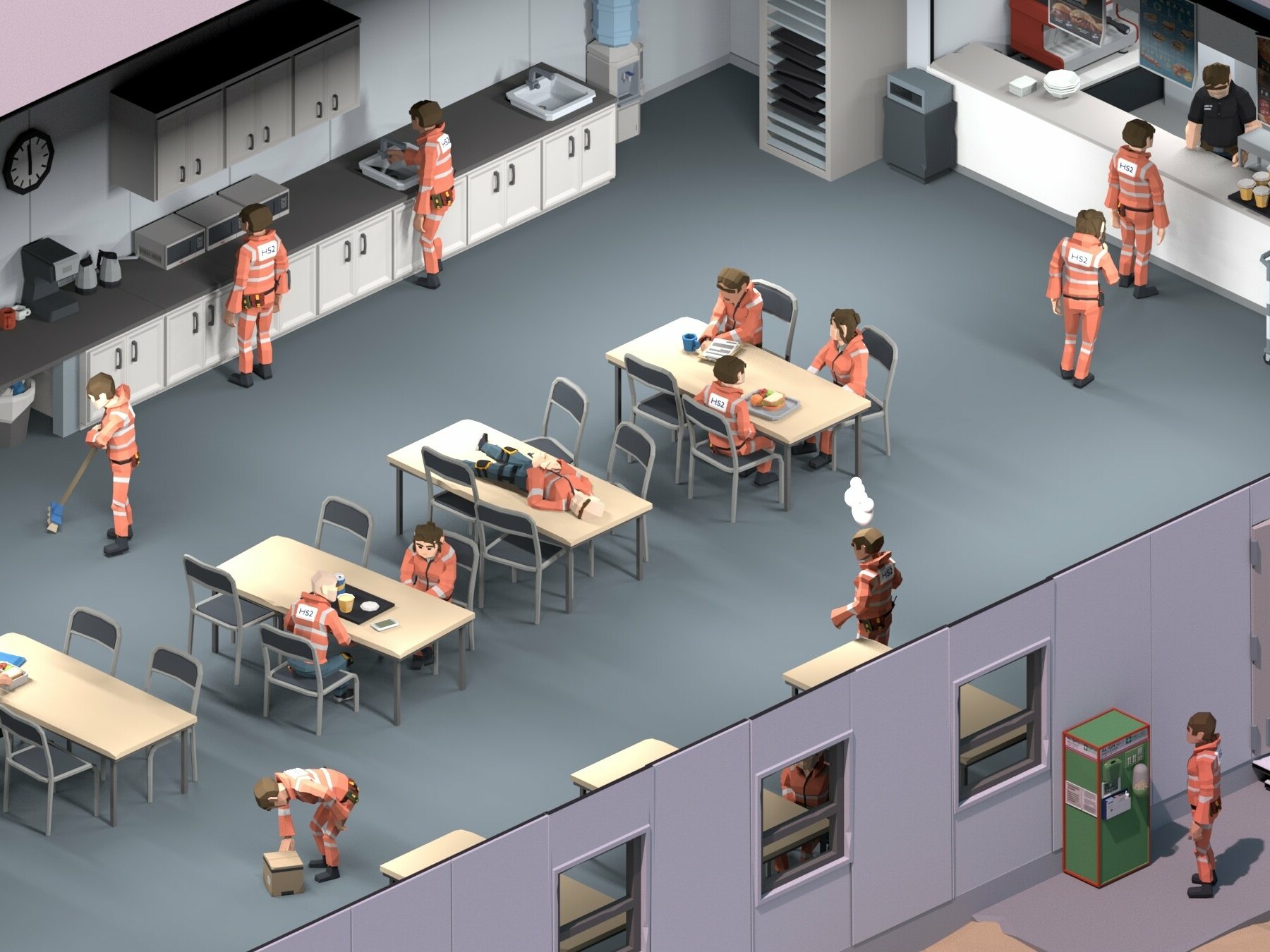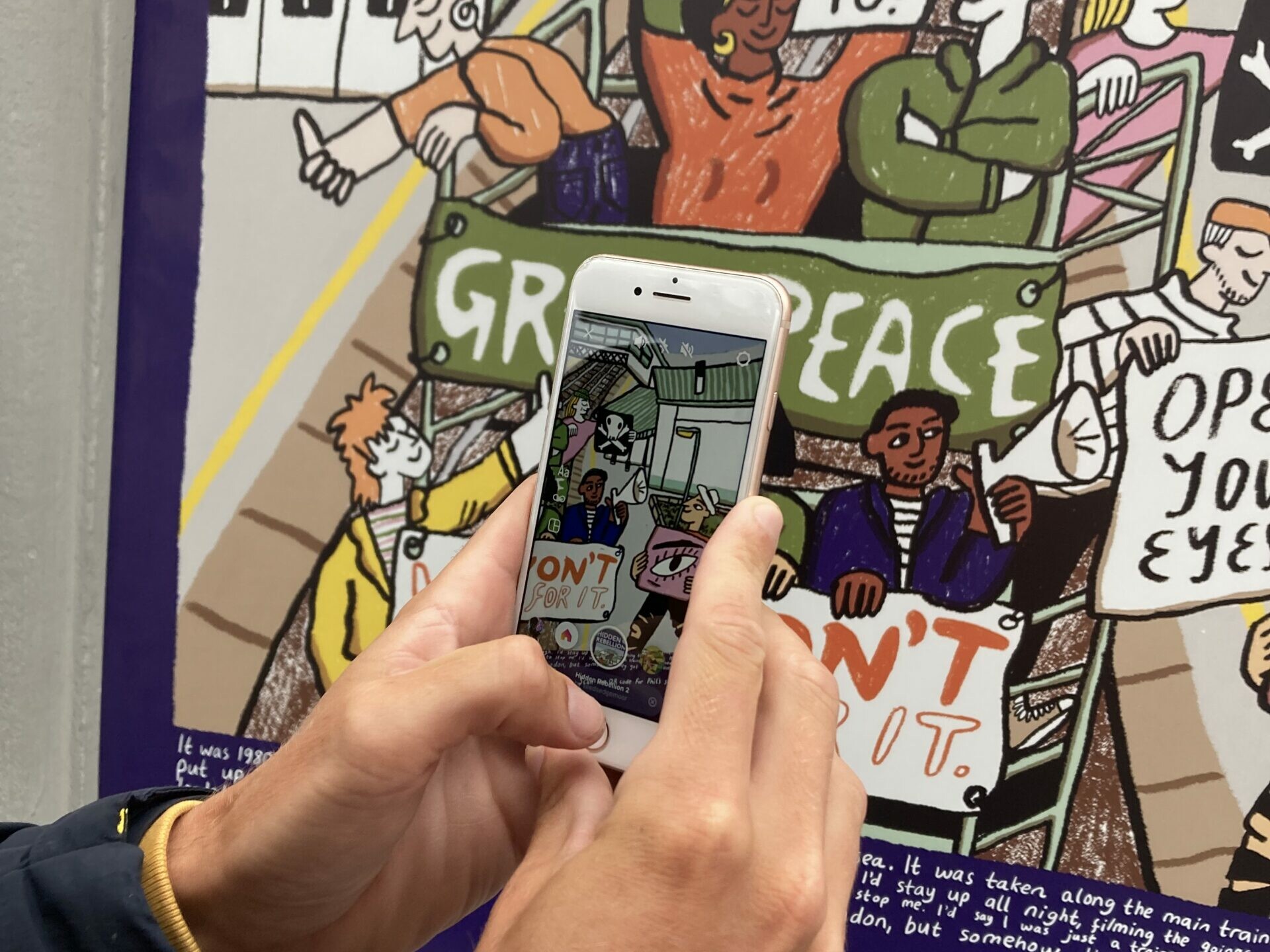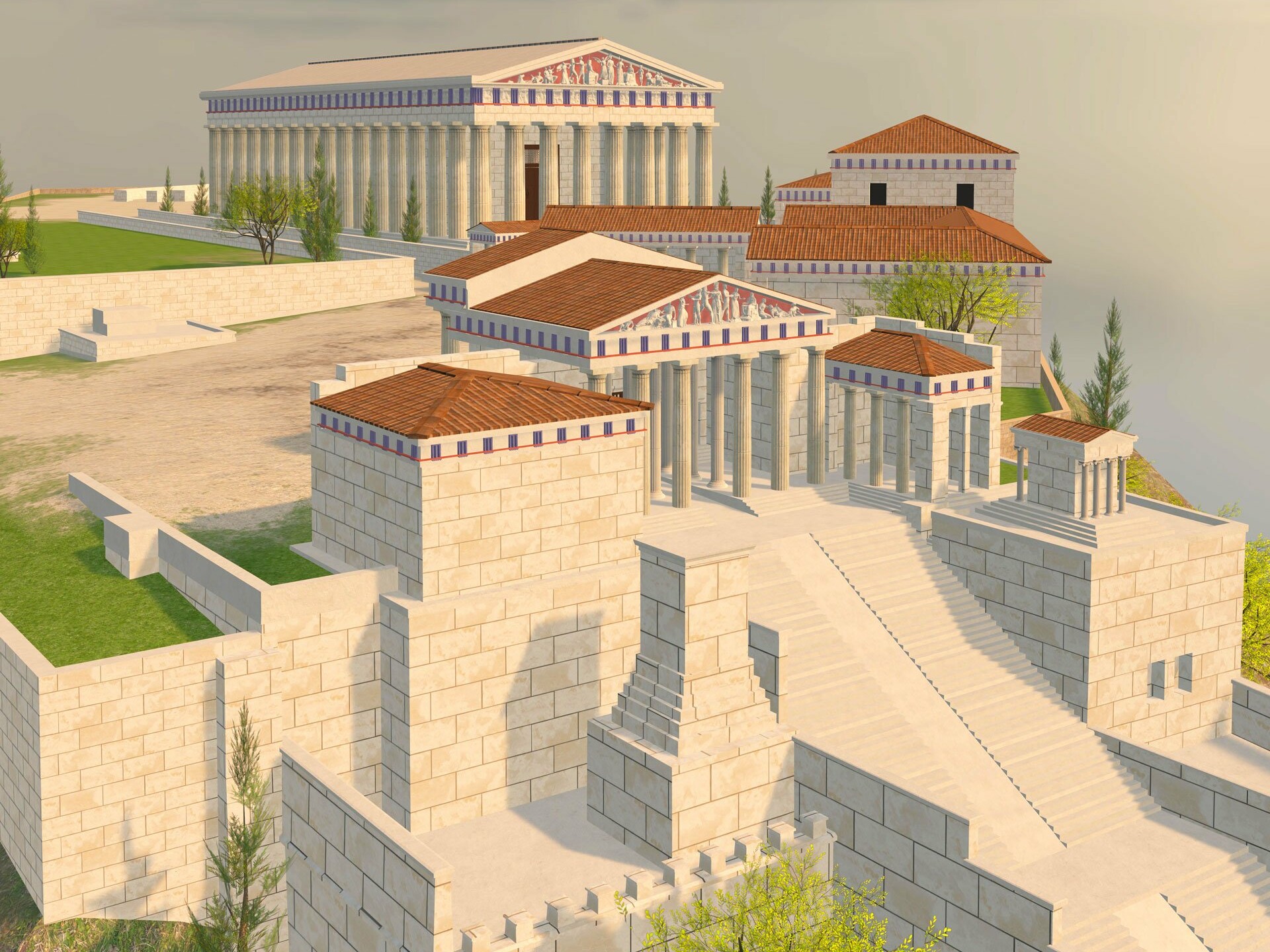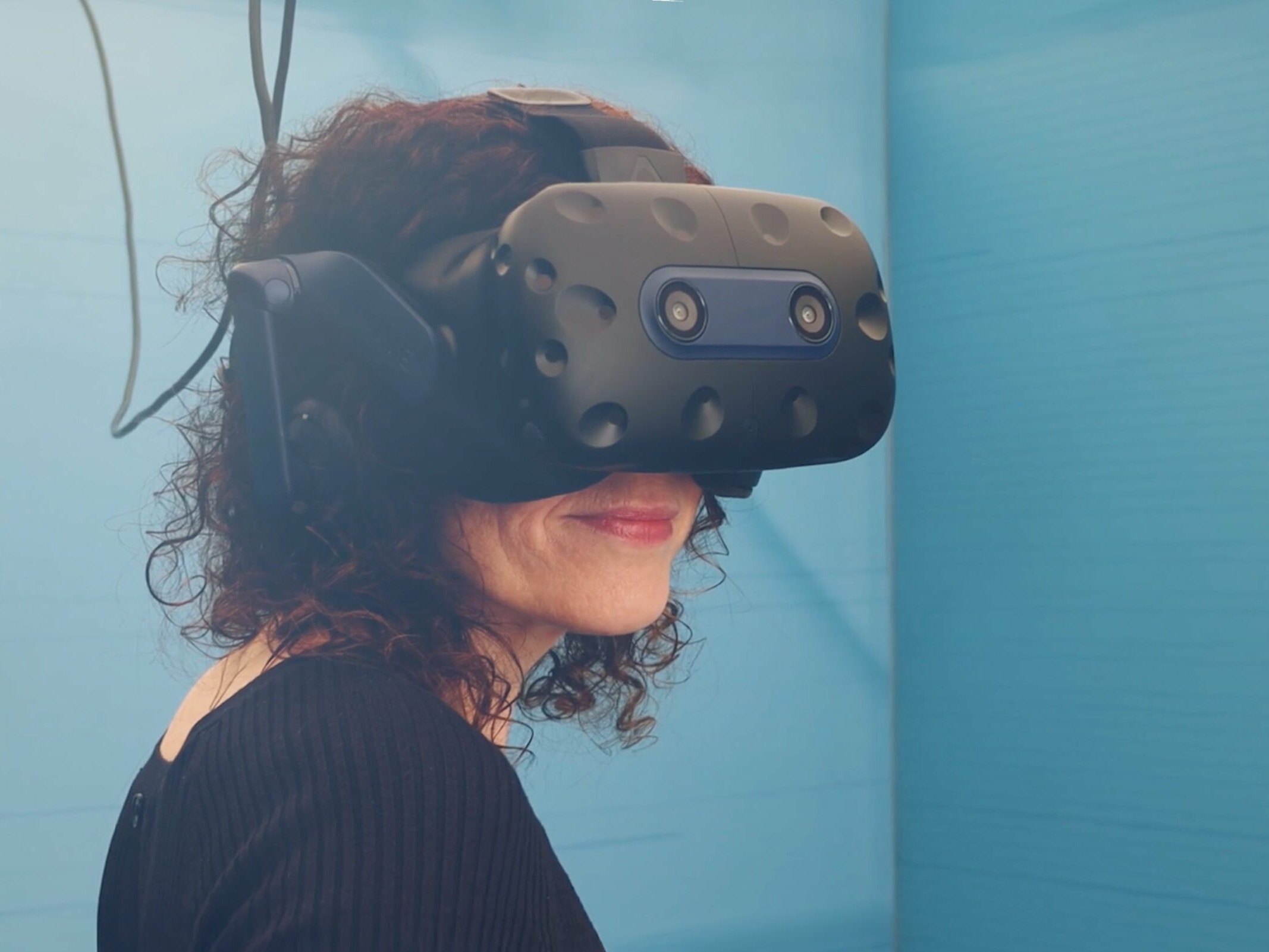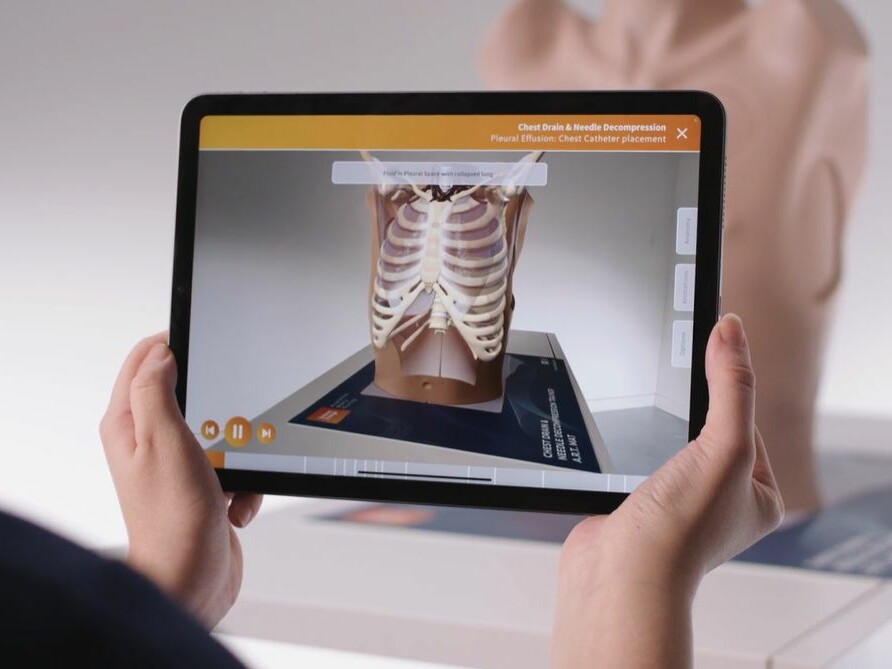Expertise
With a decade of successful projects under our belts Zubr is proud to use our experience to help our clients embrace the opportunities that augmented and virtual reality offer, without the headaches, pains and frustrations of using new technologies.
Across all our work we strive to build mutually respectful partnerships where we and our clients celebrate each other’s expertise. Working collaboratively with subject matter experts and industry leaders, we create powerful immersive experiences for many sectors but we specialise in four key areas.
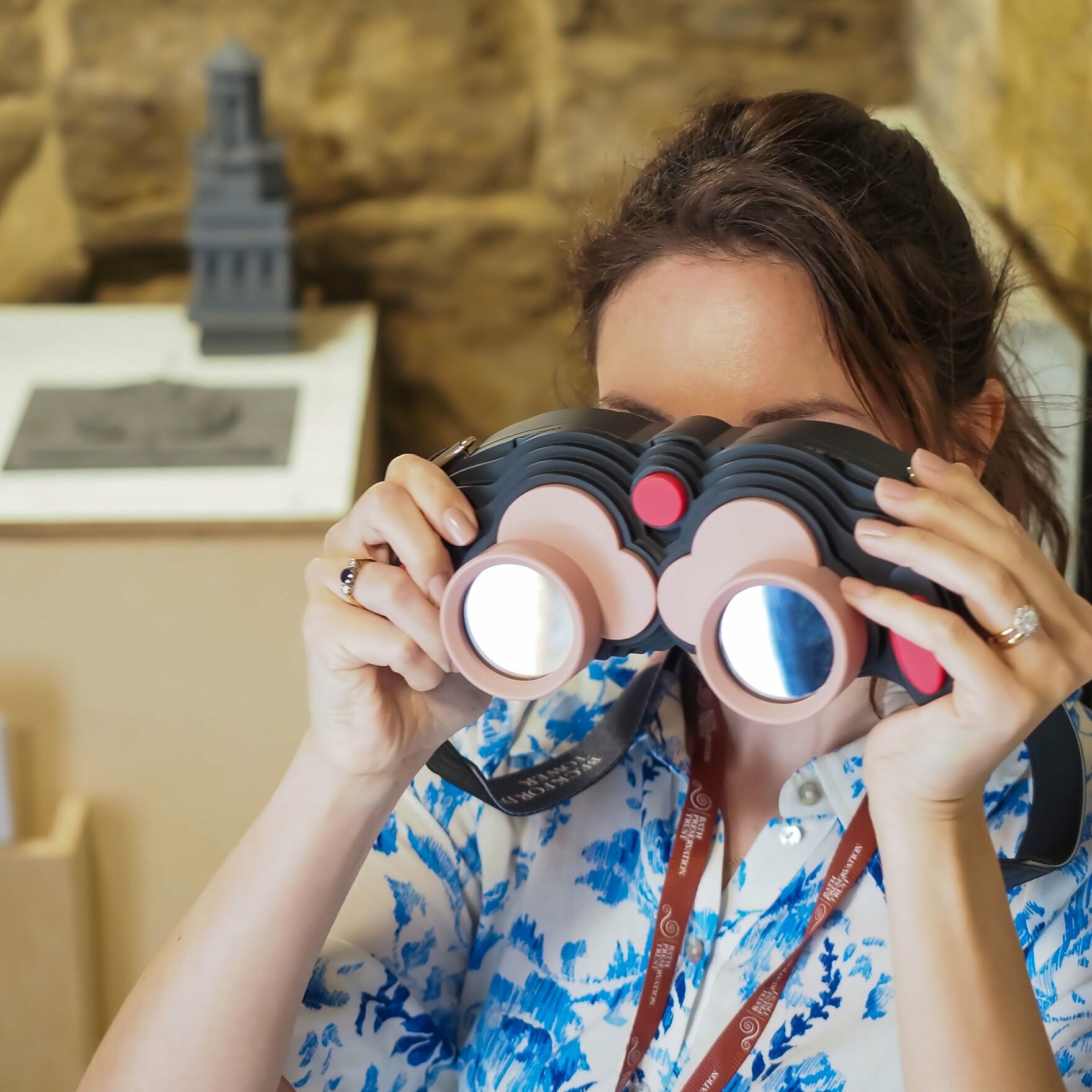
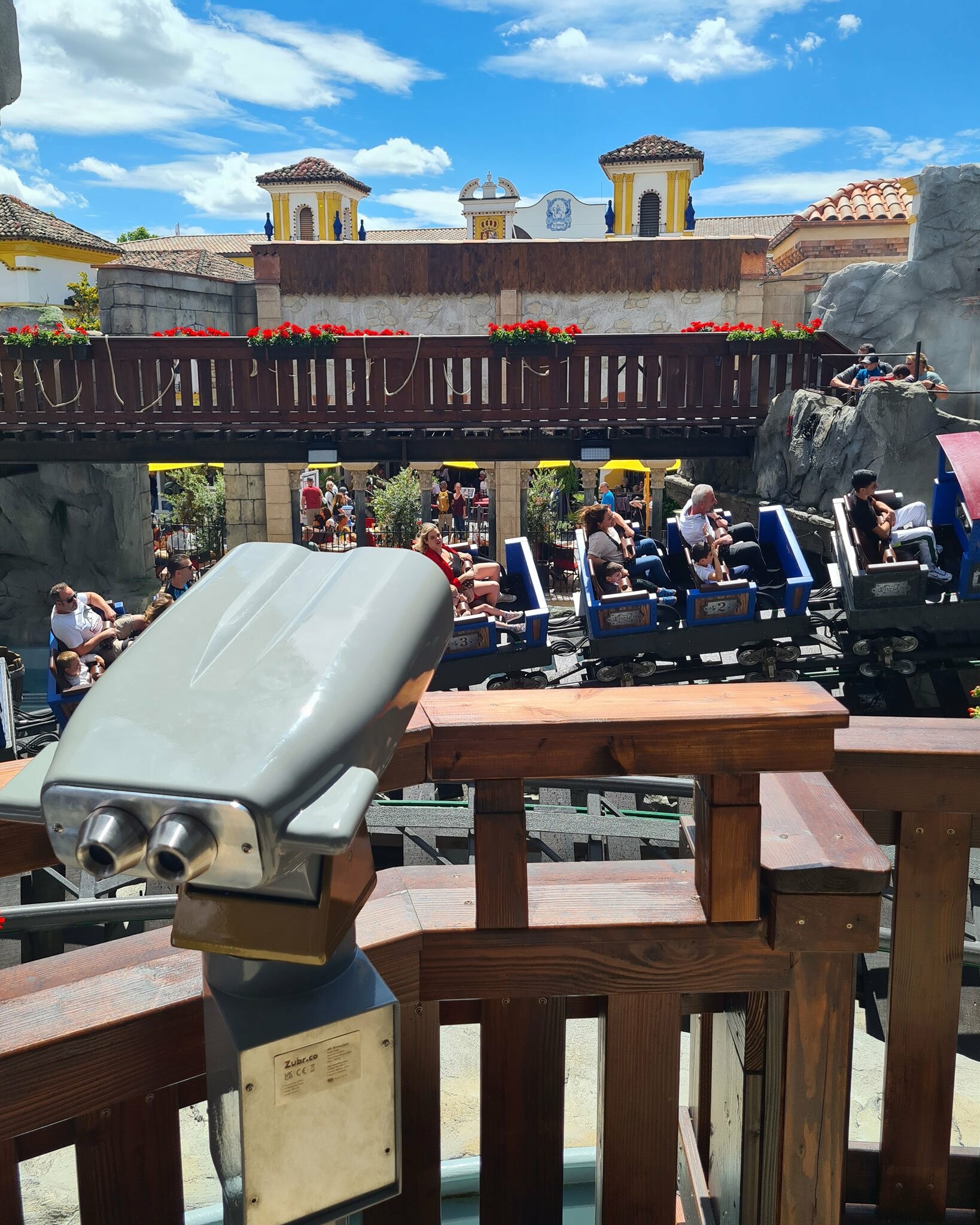
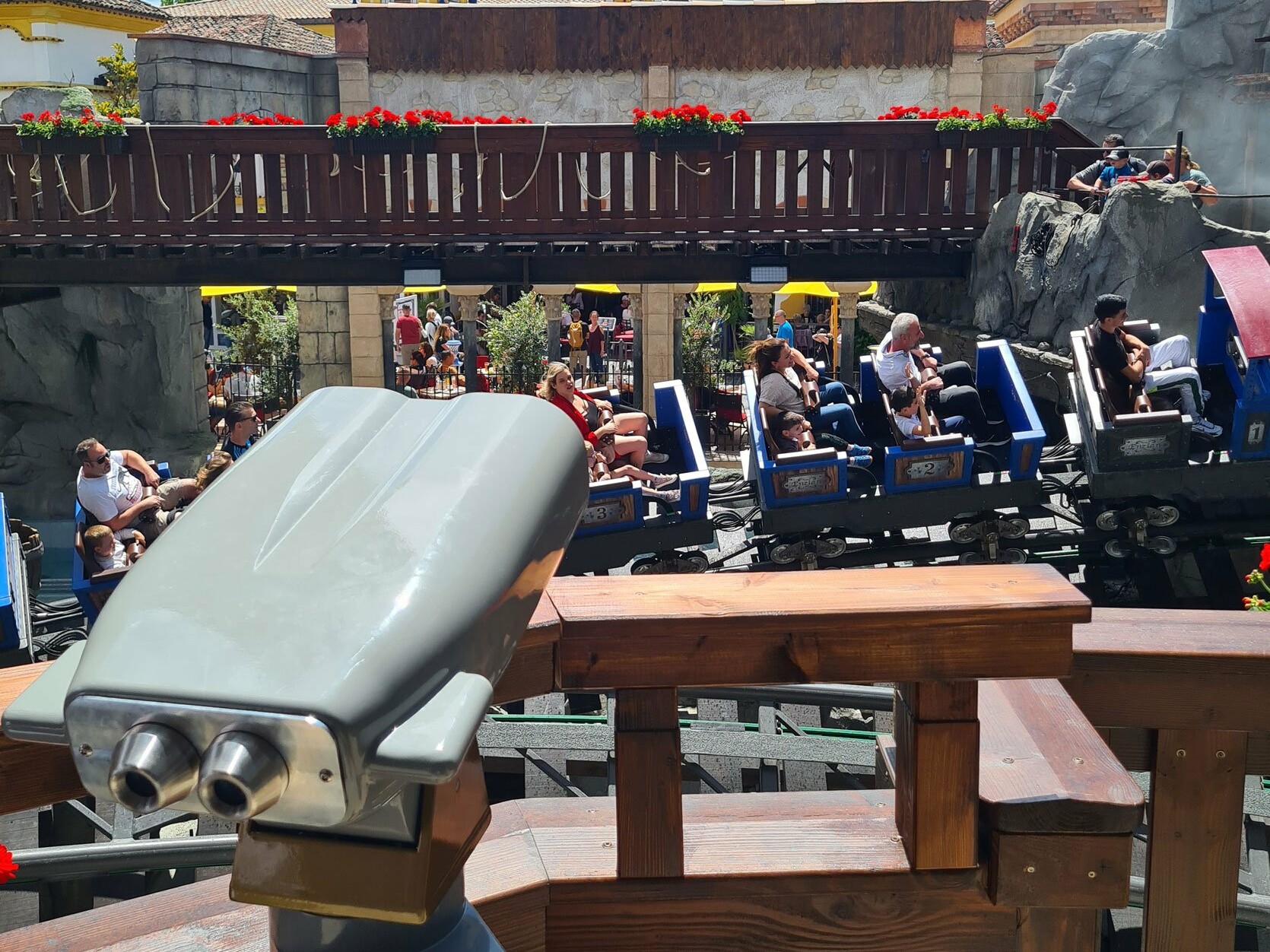
Entertainment
Say goodbye to broken interactives and hello to reliable results. Bringing together young and old, tech whizzes and novices, our AR/VR deployments are memorable but simple to engage with. Bypassing complex instructions and prioritising accessibility, Zubr develops immersive experiences that appeal to the general public and leave a lasting impression.
Education
Help your audience step into new worlds and play out impossible scenarios. Augmented and virtual reality are engaging and dynamic teaching tools, perfect for immersive learning in the classroom, at a museum or historic site. We challenge people to reconsider the world around them by reconstructing ‘lost’ historic sites in 3D and encourage critical thinking through virtual simulations.
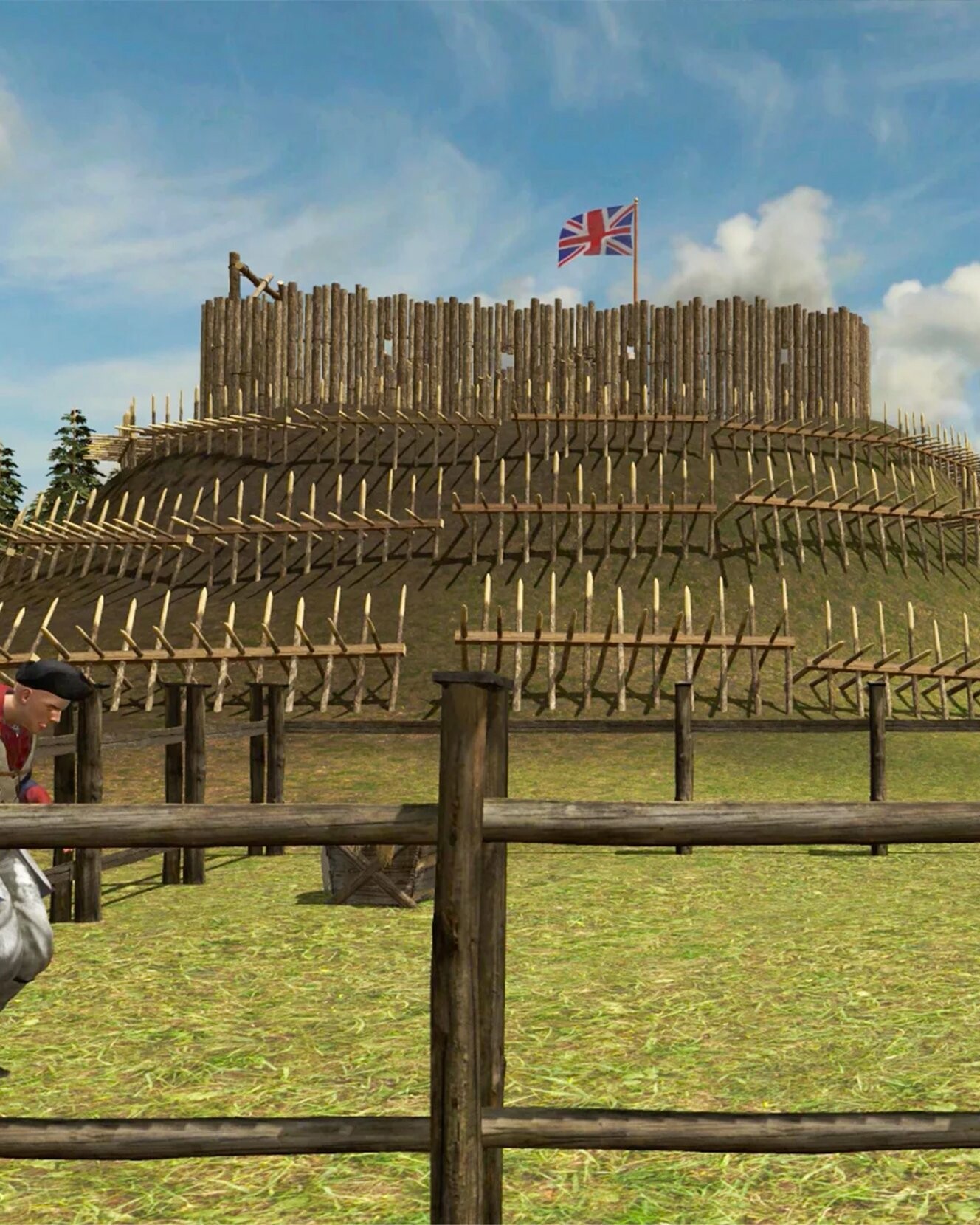
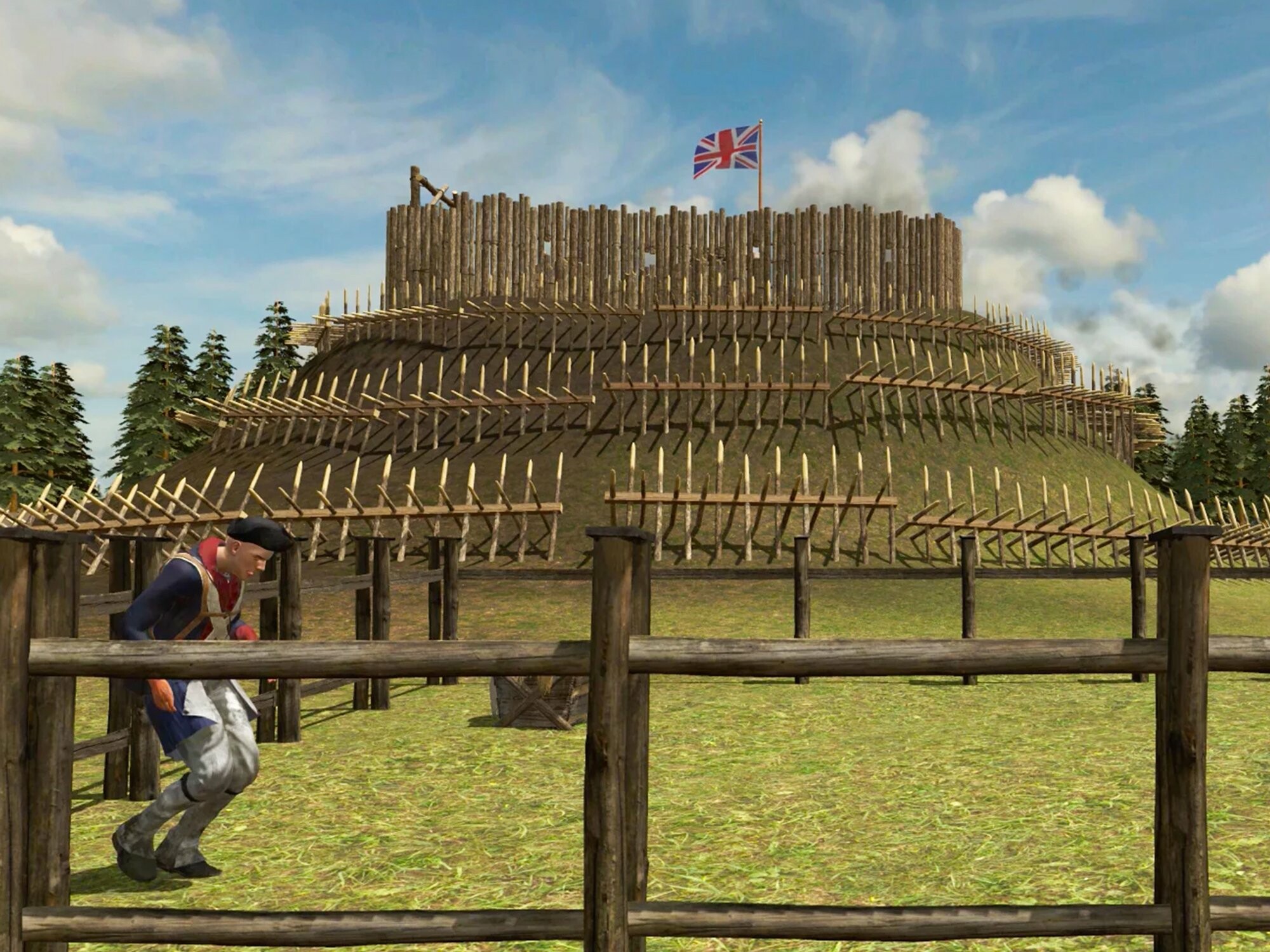
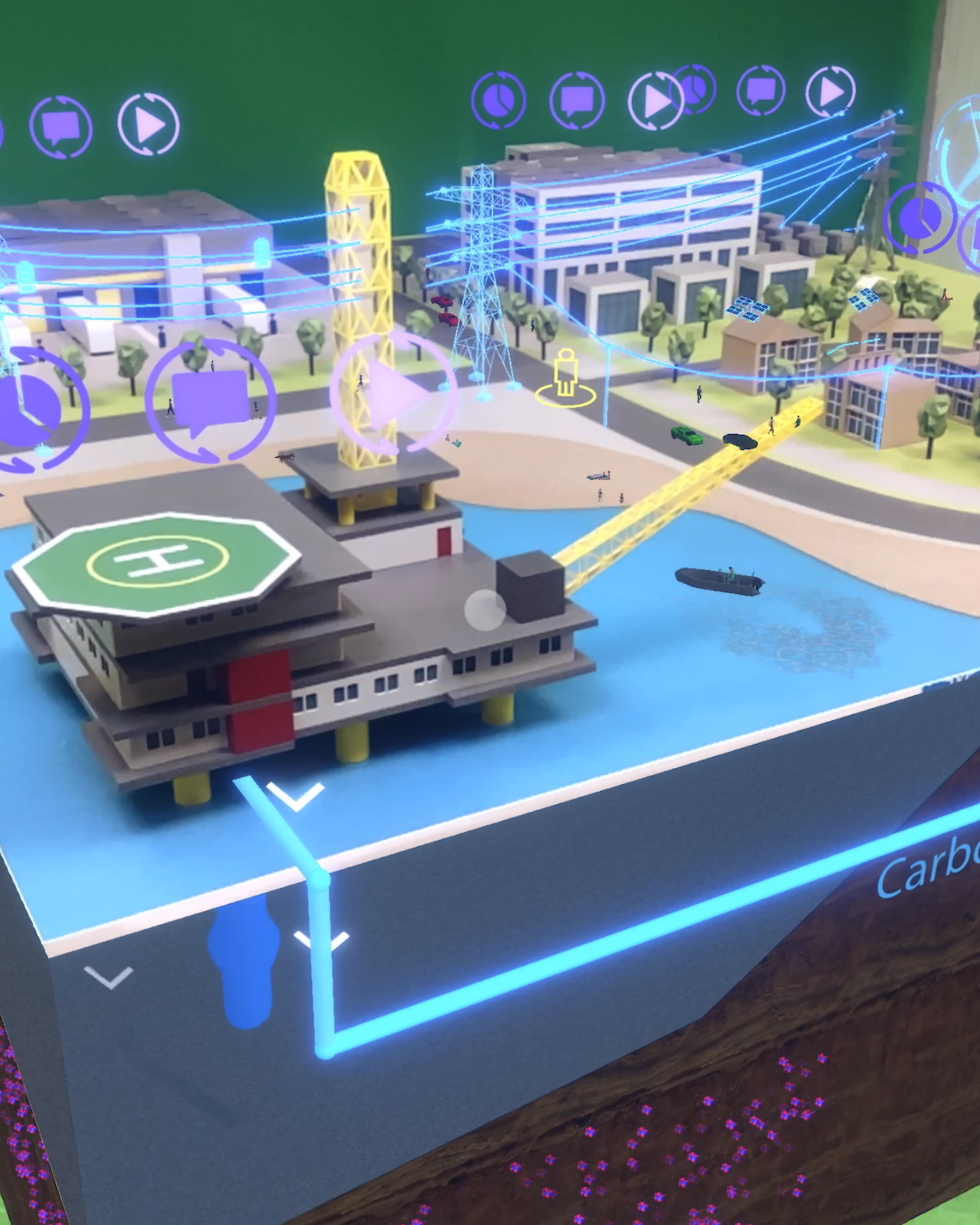
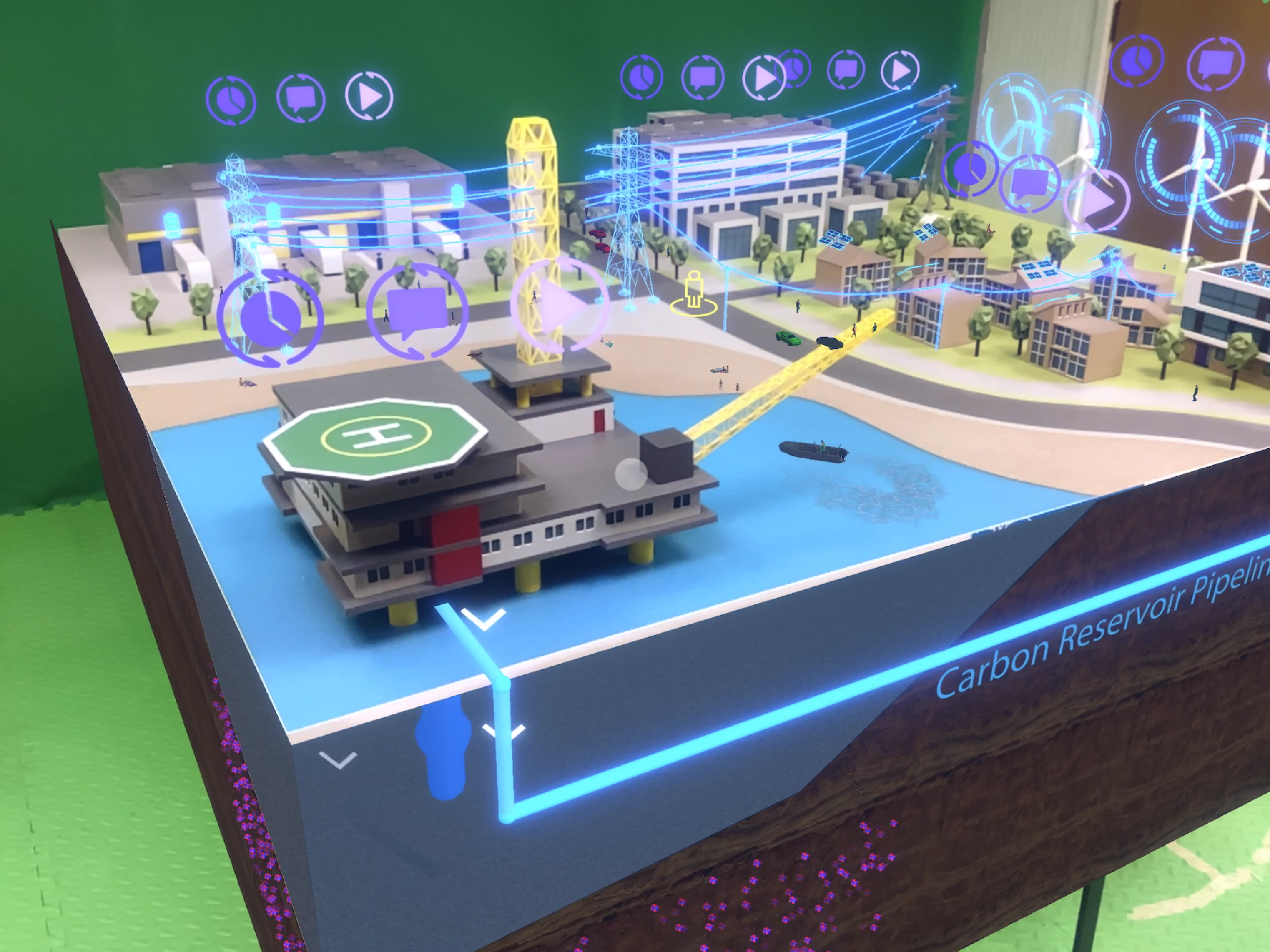
Visioning
Transform your speculative futures into navigable virtual realities. Zubr uses XR technology to help our clients visualize societal, governmental and political changes. We’re pioneering new approaches to future visioning through immersive content: from defence and data simulations to animated 3D models depicting climate scenarios, or urban planning tools that overlay designs with the real world.
Training
No more box-ticking exercises or awkward roleplaying. Zubr are redefining outdated, one-dimensional training by developing educational, memorable, immersive training experiences. Our sleek augmented and virtual reality training programmes provide participants with interactive decision-based scenarios, resulting in better knowledge retention and improved engagement.
